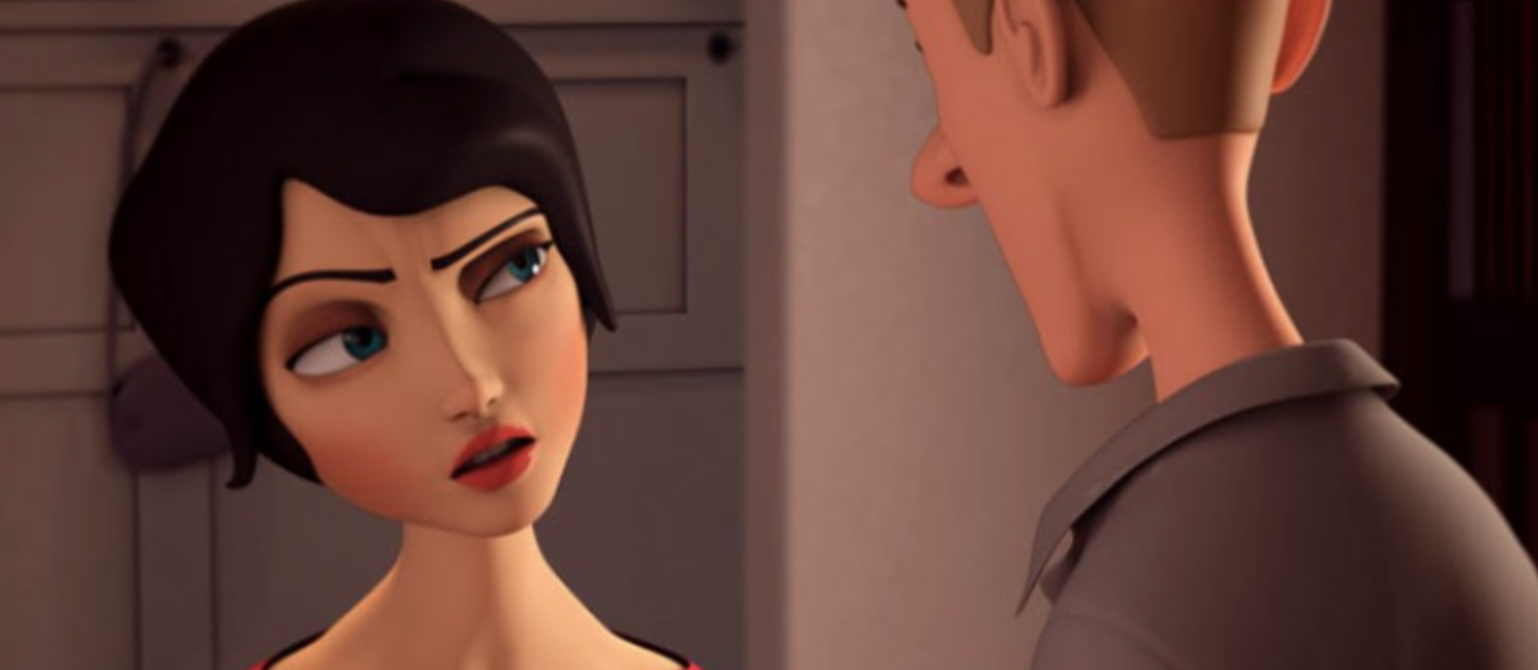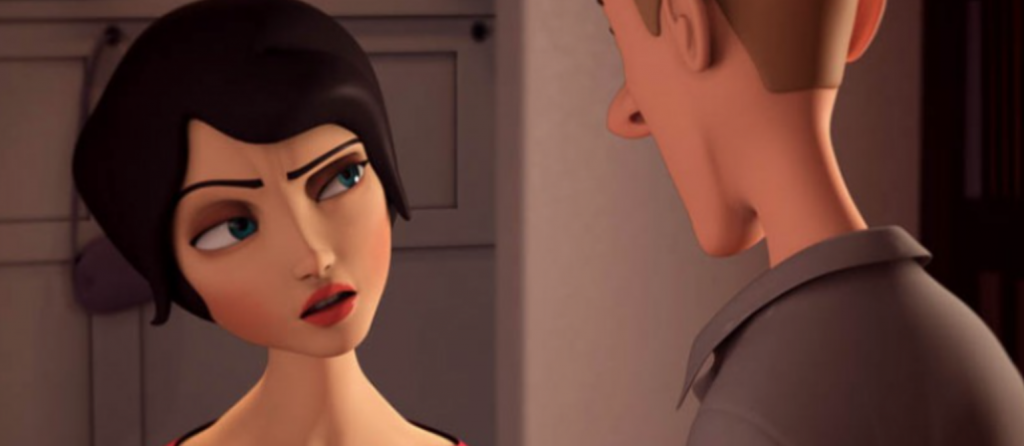Why animating “scenes” is good.
by
(Let me know what you think in the comments!)
This October I will be teaching the “Advanced Sequence Work” workshop at iAnimate.net. More simply known as Feature Workshop 6. And while I have been teaching it since the inception of the school, I have always felt that it is the most mysterious and misunderstood course we have in our repertoire. I think most animators think of it as merely a stepping stone “short film” style course on their way to “graduation”. As you might imagine, I see it as much more valuable than that, and here’s why.
First, it’s not a “short film” class.
While we do create quick storyboards to work out the overall staging and editorial timing of your scene, the class is not a writing or directing exercise. Animators will be using dialog from other sources, just like normal, and coming up with original interpretations of the scene, and using all the convention methods to come up with overall staging and performance. My students are encouraged not to waste their valuable time inventing and modeling elaborate sets and props. The focus is on acting! And we spend the entire block working on your one scene. Now there’s some polish!
Handle multiple characters across multiple shots – “acting is reacting”.
You’ve produced plenty of single character test shots up to this point – enough lonely rigs spouting soliloquies in front of the camera for no particular reason. It’s now time to do what real film animators are tasked with every day: communicate relationships. The body language shared between your characters on screen is your most important tool in telling the story. It’s time to get that part of your tool set polished and ready for the big leagues.
Learn how to use rhythm and movement across cuts – “focus”.
Showing the audience where to look in the frame is so important. Harnessing the power of character movement inside the frame and across the edit makes a huge difference. Manipulating where your audience looks translates directly to manipulating how they feel. A good animator knows how to wield this device with the utmost precision. Showing this skill on your reel is what makes great animators stand out.
Use framing, camera angle and graphic composition to tell your story.
Staging and clear posing communicate so much before any dialog is even uttered. The more you put in to the initial staging and framing of your characters, the more chance you have to “wow” your director with your ability to create a powerful scene.
Practice your professional time management.
Yes, we are professionals. Which means we need to get things done on a deadline. Can you do it?
Analyze the “context of the scene” as well as the subtext of the dialog.
The subtext is never enough. Your character is not acting in a vacuum. Practicing how to analyze the overall “context” of a scene, the relationship of the characters, and how those characters relate to their environment is so important in the planning an execution of great animation.
And yes, get a deeper level of practice – making your animated performances better!
This class – “Feature Workshop 6: Advance Sequence Work” – I feel is so essential for any animator trying to compete with working professionals, or for any working professional trying to stand out from their peers. These skills are just as important as spacing, timing, body mechanics and all of it. I truly believe that. And I think you’ll see I teach the class like I believe it too.
Hope this clarifies it for those who wondered. Happy animating!
Link to iAnimate Feature Animation Workshops: http://www.ianimate.net/workshops/feature.html
/ken



